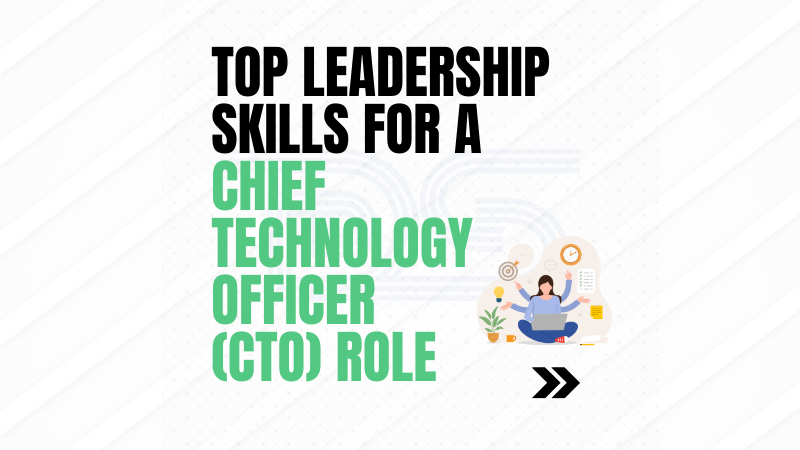
by DharamCW | Apr 16, 2025 | Industry Trends and Insights, Leadership in Project Management, Project-Program-Portfolio Management Knowledge
🔍 Top Leadership Skills for a Chief Technology Officer (CTO) Role
The role of a CTO goes far beyond just overseeing technology.
✅ Driving innovation
✅ Aligning tech with business goals
✅ Leading technical teams with expertise and vision
Here are 4 key leadership skills every aspiring or current CTO must master:
1️⃣ Mastering Strategic Thinking
Anticipate trends, align technology with business goals, and drive growth through informed decisions.
2️⃣ Excelling in Communication and Collaboration
Align stakeholders, inspire teams, and simplify technical concepts into actionable insights.
3️⃣ Staying Ahead with Technical Expertise
Balance leadership with up-to-date knowledge to drive innovation and maintain a competitive edge.
4️⃣ Leading and Developing High-Performing Teams
Empower employees, foster growth, and build a positive, performance-driven culture.
💬 Which of these skills do you believe is most critical for a CTO today?
Comment below and let’s spark a conversation.
🔁 Don’t forget to Like, Share, and Save this post if you found it insightful.
🔗 Want to explore more?
View our upcoming PgMP Programs
Online Training → http://bit.ly/2oBKQXQ
Direct Training → http://bit.ly/2oCfpg0
Explore Our PfMP Programs:
Online Training → http://bit.ly/39jOZSf
Direct Training → http://bit.ly/38er2M3
📞 For queries: +1 650-283-0123
🎥 Free Consultation with Me: https://lnkd.in/gwD-52JH
#CTO #LeadershipSkills #StrategicThinking #TechLeadership #Innovation #HighPerformingTeams #vCareProjectManagement #DharamSingh #PgMP #PfMP #TechnologyLeadership #BusinessStrategy #TechVision
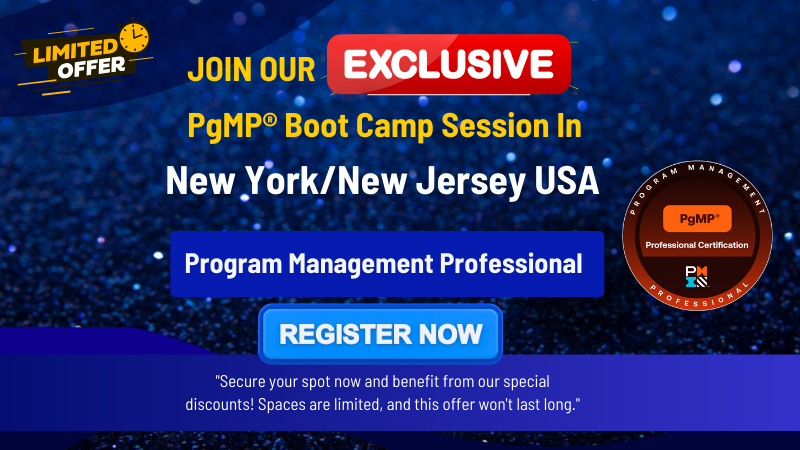
by DharamCW | Apr 15, 2025 | vCare PMI Certification Training Classes
🎯 Ready to Level Up Your Program Management Career?
Join me this May in New Jersey for an exclusive PgMP® Bootcamp – a premium opportunity to prepare, connect, and grow your strategic leadership skills!
📍 Location: New Jersey
📅 Dates: May 6th to 8th, 2025
🕘 Time: 9 AM – 5 PM (EDT)
🔗 Register Now: https://bit.ly/3NJoHNC
I’m thrilled to lead this intensive 3-day session where we’ll dive deep into the world of Program Management with a proven framework designed to help you clear your PgMP® in the first attempt.
✅ Why You Should Join:
✔️ PgMP® Complete Reference Guide – All essential content in one place
✔️ Proven Exam Strategies – From decades of mentoring experience
✔️ Exclusive Pathfinder Tool – Mapping ECO tasks made easy
✔️ 48 PDUs/Contact Hours – PMI-compliant
✔️ Collaborative Environment – Learn, network & grow with industry peers
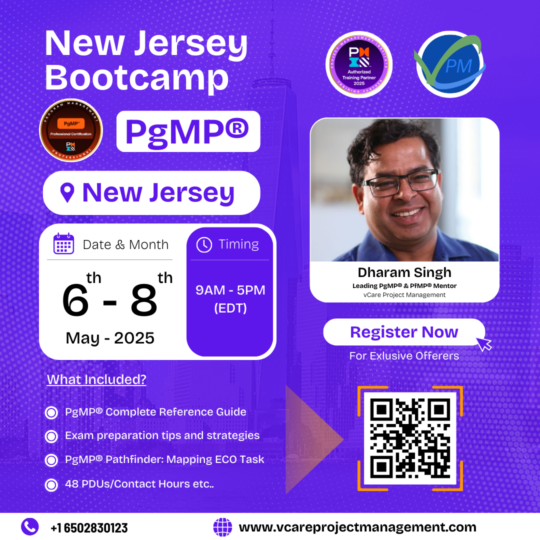
New Jersey PgMP Bootcamp with Dharam Singh – May 6 to 8, 2025 – Limited Seats, Register Now!
✨ Whether you’re aiming to enhance your program delivery skills or align programs with strategic business outcomes, this bootcamp is tailored for serious professionals ready to make an impact.
🔗 Want to explore more?
View our upcoming PgMP Programs
Online – http://bit.ly/2oBKQXQ
Direct – http://bit.ly/2oCfpg0
📞 For queries: +1 650-283-0123
🎥 Free Consultation with Me: http://www.talktodharam.com/
🚀 Seats are limited – Secure your spot and take the next big step in your PgMP® journey!
#PgMPBootcamp #NewJerseyEvent #PgMPPreparation #DharamSingh #ProgramManagement #vCareProjectManagement #PMICertification #PMIBootcamp #PgMP2025 #ProjectLeadership #PMI #StrategicExecution #PgMPMentor

by DharamCW | Apr 12, 2025 | Professional Development Webinars, Project-Program-Portfolio Management Knowledge
🚀 Discover Actionable Strategies to Influence Organizational Culture!
Join us for an insightful session with Jeffery Porter, a respected authority in Project, Program, and Portfolio Management from Beatrice, Nebraska, USA.
With over 15+ years of experience managing multi-million-dollar portfolios and leading cultural transformations, Jeffery has helped organizations bridge the gap between strategy and culture—delivering consistent and impactful results.
🔗 Reserve your spot now: https://bit.ly/4ifsEsy
🧭 What You’ll Learn
✔ Understanding and Assessing Organizational Culture
✔ Aligning Cultural Initiatives with Strategic Goals
✔ The Role of Managers in Shaping Culture
✔ Case Study: Driving Positive Cultural Change
✔ Measuring the Impact of Culture-Driven Initiatives
✔ Thriving in Challenging Organizational Cultures
🎯 Don’t miss this opportunity to earn 1 PDU, gain valuable career and certification insights, and unlock exclusive offers on PMP, PgMP, and PfMP programs from vCare Project Management.
📅 Session Date: Thursday, 24th April 2025
🕒 Session Time:
11:00 AM – 12:00 PM (PDT) / 12:00 PM – 01:00 PM (MDT) / 01:00 PM – 02:00 PM (CDT) / 02:00 PM – 03:00 PM (EDT) / 03:00 PM – 04:00 PM (BRT) / 07:00 PM – 08:00 PM (BST)
08:00 PM – 09:00 PM (CEST) / 09:00 PM – 10:00 PM (AST) / 10:00 PM – 11:00 PM (GST)
View our upcoming PgMP® Programs
Online → http://bit.ly/2oBKQXQ
Direct → http://bit.ly/2oCfpg0
View our upcoming PfMP® Programs:
Online → http://bit.ly/39jOZSf
Direct → http://bit.ly/38er2M3
🎙️ Got questions about your Project Management career or PMI certifications?
Book your FREE 15-min session with me at 👉 www.talktodharam.com
📞 Contact Us
📱 Call: +1 650-283-0123 (U.S.)
📧 Email: info@vcareprojectmanagement.com
🎧 Subscribe & Stay Ahead
Success Stories: https://bit.ly/2YF0wJl
Podcasts & Interviews: https://bit.ly/2NDY8wd
#ProjectManagement #PgMP #PfMP #PMP #PMICertifications #Leadership #vCareProjectManagement #OrganizationalExcellence #DharamSinghPfMP #DharamSinghPgMP #PgMPTraining #JefferyPorter
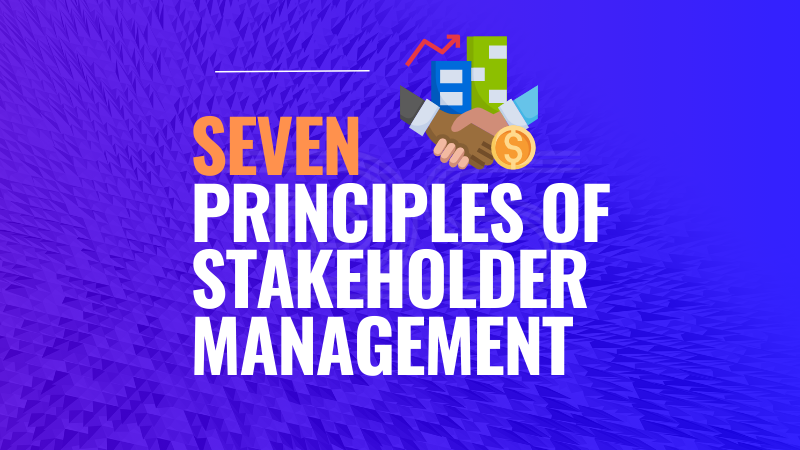
by DharamCW | Apr 10, 2025 | Uncategorized
🔑 Mastering Stakeholder Management: A Non-Negotiable for Program & Portfolio Success
Whether you’re managing a single project or steering an enterprise-wide transformation, your ability to influence and align stakeholders can make or break success.
I’ve distilled my learnings into 7 powerful principles of stakeholder management — essential for every Project, Program, and Portfolio Manager:
1️⃣ Identify Stakeholders – Recognize key individuals who impact or are impacted by your project.
2️⃣ Understand Their Needs – Assess stakeholder expectations, interests, and concerns for better alignment.
3️⃣ Maintain Transparency – Provide clear, honest, and timely communication to build trust.
4️⃣ Engage Proactively – Actively involve stakeholders to prevent misunderstandings and conflicts.
5️⃣ Manage Conflicts Respectfully – Address stakeholder concerns with diplomacy and mutual respect.
6️⃣ Align Interests and Goals – Find common ground to create win-win outcomes for all stakeholders.
7️⃣ Foster Long-Term Relationships – Strong stakeholder relationships drive continuous success and trust.
Each principle empowers you to build trust, mitigate resistance, and ensure strategic alignment at every level. 💼🌍
👉 Swipe through the carousel to dive deeper into each principle.
💬 Which of these principles do you apply consistently? Which one challenges you the most? Drop your thoughts below!
🔁 Save this post for your next stakeholder engagement planning session.
📌Need expert guidance? Book a free consultation -> http://talktodharam.com
Contact Us:
Call us: +1 650-283-0123 (U.S.)
Email: info@vcareprojectmanagement.com
Subscribe for More:
Webinars & Success Stories https://bit.ly/2YF0wJl
Podcasts and Interviews: https://bit.ly/2NDY8wd
🔔 Follow me for more insights on PgMP, PfMP, and strategic leadership.
#StakeholderManagement #ProgramManagement #PortfolioManagement #PgMP #PfMP #Leadership #StrategyExecution #ProjectLeadership #vCareProjectManagement #DharamSingh #PMICertification #ChangeManagement #InfluenceLeadership
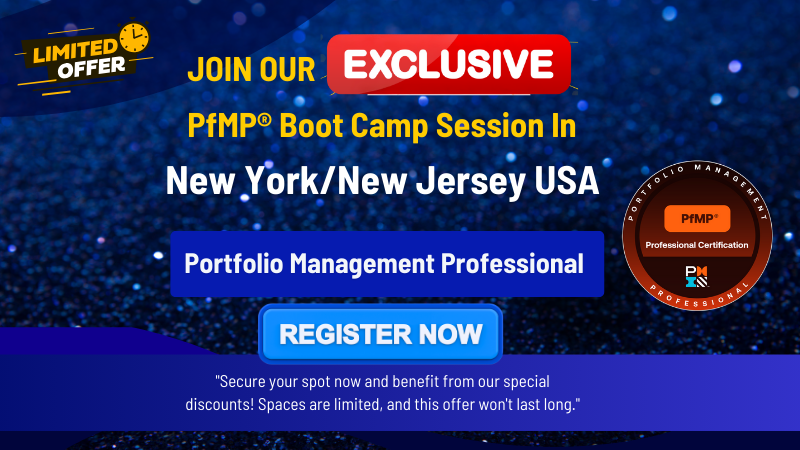
by DharamCW | Apr 8, 2025 | vCare PMI Certification Training Classes
🚀 Excited to Announce Our PfMP Bootcamp in New Jersey | United States
Join me from May 9th to 11th, 2025 for a 3-day intensive Portfolio Management Professional (PfMP)® Bootcamp designed to help you master the art of Portfolio Management and successfully clear the PfMP® certification.
📍 Location: New Jersey
🕘 Time: 9 AM to 5 PM (EDT)
👨🏫 Trainer: Dharam Singh – Leading PgMP® & PfMP® Mentor | vCare Project Management
Register Link -> https://bit.ly/3GL3LnO
💡 What You’ll Gain:
✅ PfMP® Complete Reference Guide
✅ Proven exam preparation tips & strategies
✅ PfMP® Pathfinder: Mapping ECO Tasks
✅ 48 PDUs / Contact Hours
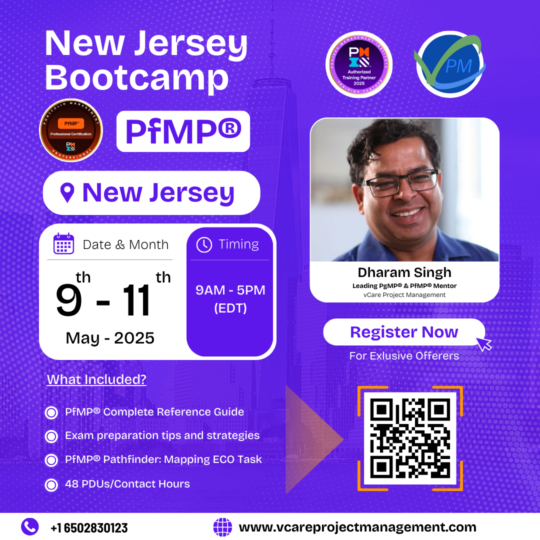
New Jersey PfMP Bootcamp – May 9 to 11, 2025 | Train with Dharam Singh and accelerate your portfolio career
🎯 Whether you’re aiming to elevate your portfolio leadership or earn your PfMP® credential, this session is tailored just for you!
📌 Explore Our PfMP® Programs:
🌐 Online Training → http://bit.ly/39jOZSf
🏛 Direct Training → http://bit.ly/38er2M3
📌 Join Our PfMP® Community:
PfMP4U LinkedIn Group → http://bit.ly/31P7GKR
📌 Essential PfMP® Study Materials:
PfMP Pathfinder – https://bit.ly/35j9Dli
The Complete Reference Guide for PfMP Certification – https://bit.ly/3pU4ud5
PfMP Challenger Mock Exam 1 | Exam Simulator – https://bit.ly/3KKZkv3
PfMP Challenger Mock Exam 2 | Exam Simulator – https://bit.ly/3VlI5FH
PfMP Challenger Mock Exam 3 | Exam Simulator – https://bit.ly/3VNrfRL
PfMP Challenger Gold (Mock Exams 1 to 3) | Exam Simulator – https://bit.ly/3KCjbNh
📲 Register Now for Exclusive Offers
👉 Scan the QR code or visit: www.vcareprojectmanagement.com
📞 Contact: +1 650 283 0123
#PfMP #PfMPCertification #PortfolioManagement #PMI #vCareProjectManagement #DharamSingh #NewJerseyBootcamp #PfMPBootcamp #PMISuccess #LeadershipDevelopment #PfMPMentor

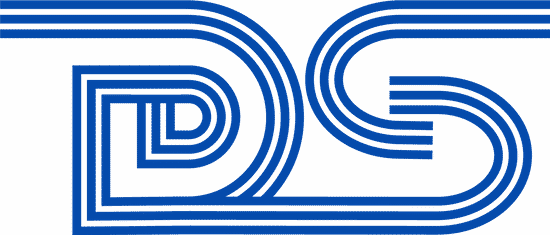







Recent Comments